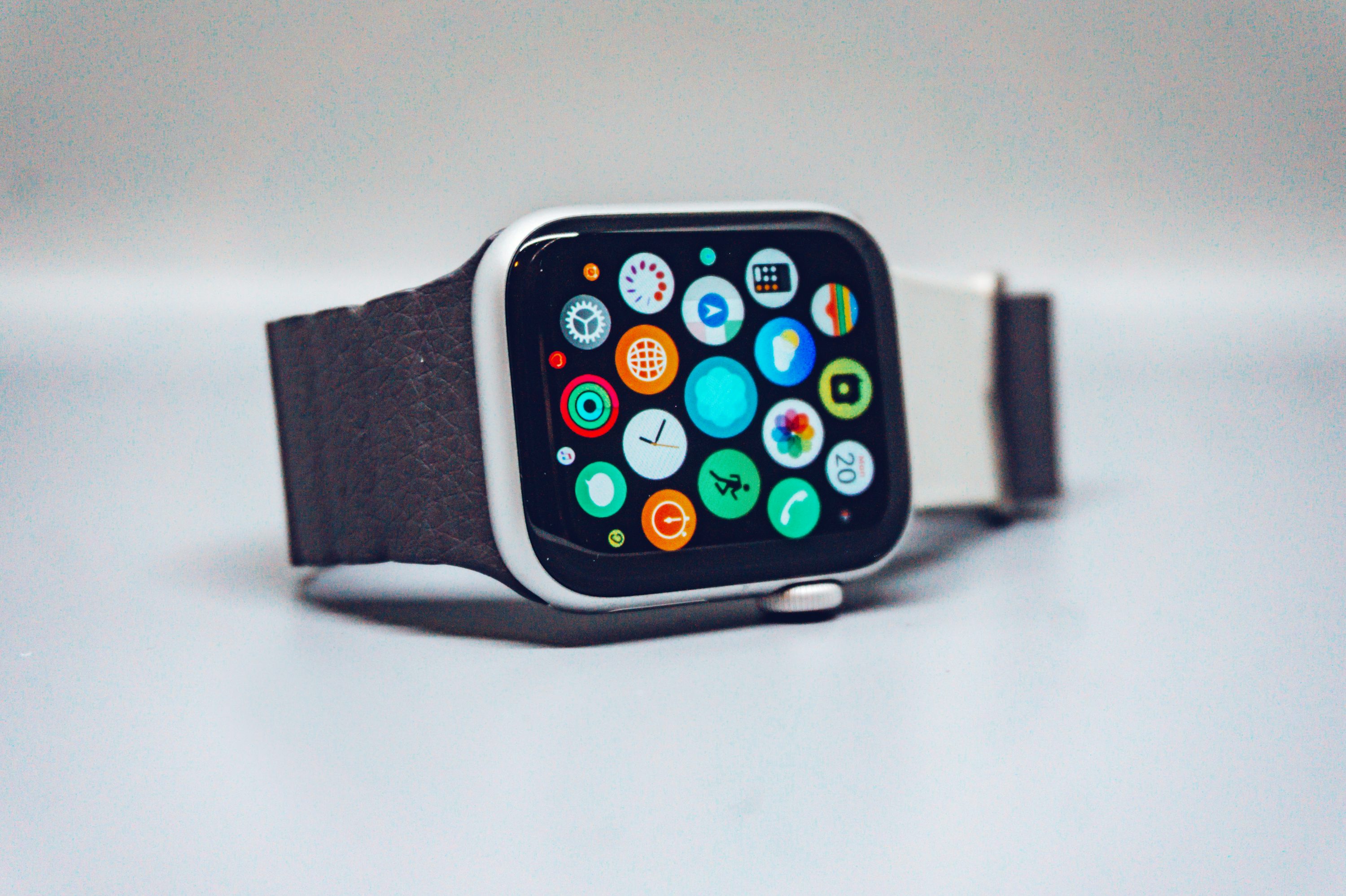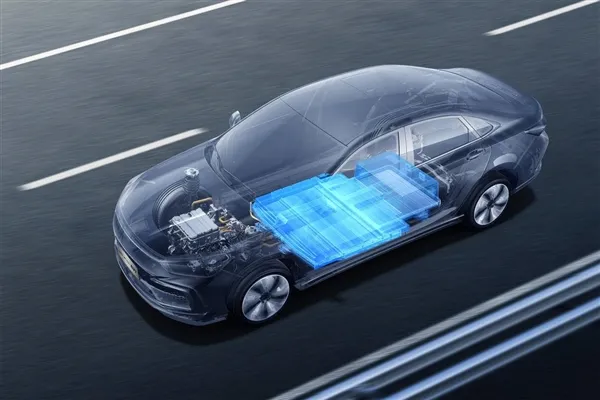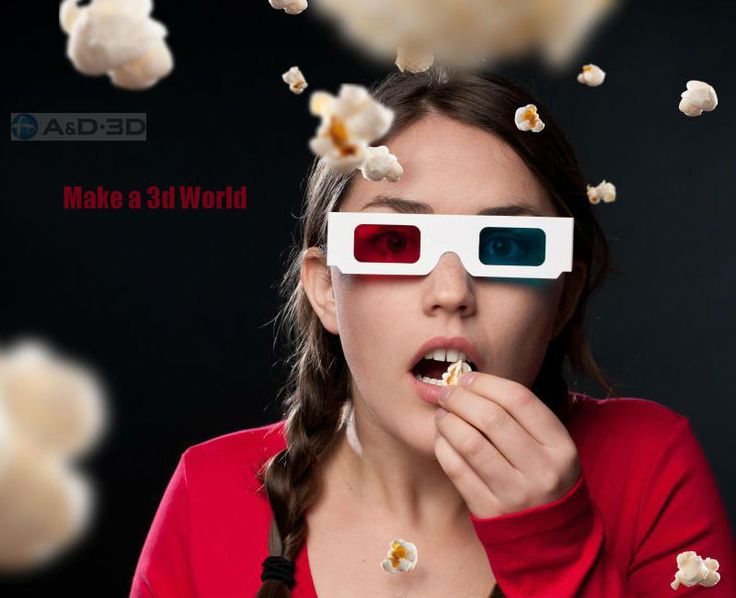A network cable, how to make justice no longer far away?
In countless sci-fi movies, artificial intelligence lawyers can retrieve millions of files in one second, and the holographic projection court makes witnesses feel at the scene. These cool scenes seem to be far away from us. But if you look closely, you will find that the ancient and rigorous industry of law is being quietly changed by the trickle of technology. What we are going to talk about today is not those lofty future ideas, but the "light of technology" that is within our reach and that you and I may have experienced at some moment.
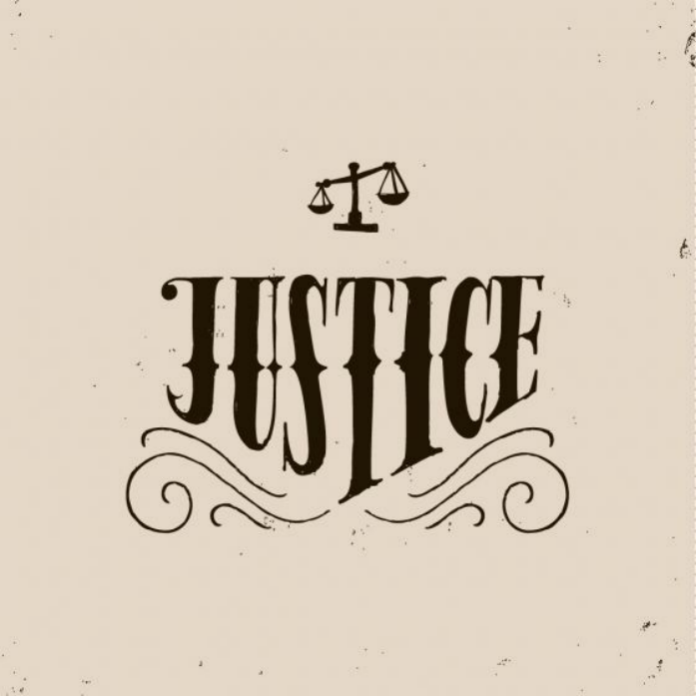
Imagine that you are a farmer living in a remote mountain village, because you need to go to court for an inter-provincial debt. In the past, this may mean that you have to travel by boat and spend a lot of money and time to get into the court. However, today, a network cable can make justice at your fingertips. Remote trial technology allows parties, witnesses, lawyers and judges in different places to interact in real time through video conferencing system. You don't have to travel thousands of miles, you just need to attend the trial at the local community center or even through a mobile phone. This not only saves huge transportation and accommodation costs, but more importantly, it greatly lowers the threshold of litigation, so that those who were discouraged by geographical obstacles also have the opportunity to fight for their rights and interests.
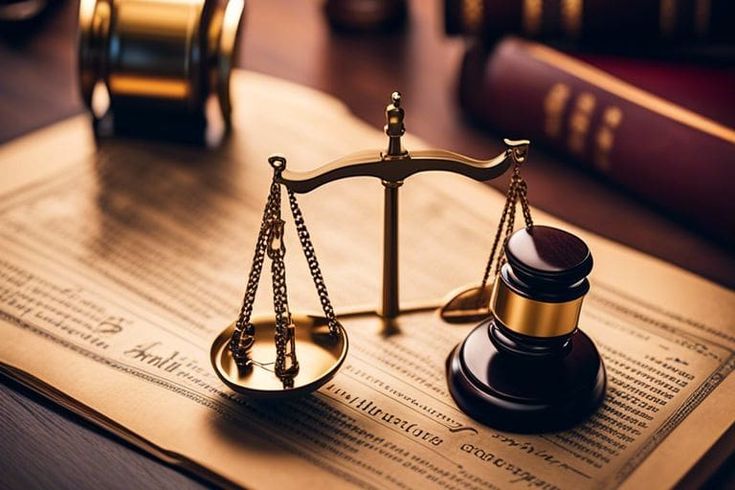
But this is merely the tip of the iceberg. Legal documents, a text world full of complicated terms and rigorous logic, are being reshaped by natural language processing (NLP) technology. At one time, paralegals needed to spend hours or even days searching for key information in a sea of contracts and precedents. Now, document analysis tools based on artificial intelligence can accomplish this task instantly. They can identify risk clauses in contracts, extract key dates, compare differences between different versions, and even predict the possibility of a judgment. This makes legal services more efficient and accurate, and also enables legal practitioners to free their precious time and energy from tedious routine work and focus on more creative and strategic work.
Of course, we mustn’t overlook the potential of blockchain. This mysterious technology is playing the role of "invisible notary" in the legal field. The distributed ledger characteristics of the blockchain make the data recorded by it almost impossible to be tampered with. We can use it to record the creation time of intellectual property rights, stamp the digital evidence indelibly, and ensure its authenticity and integrity. When a copyright dispute occurs, the records on the blockchain can be used as strong evidence, avoiding the cumbersome links in the traditional notarization process, and also giving the creators of the digital world a more solid shield.
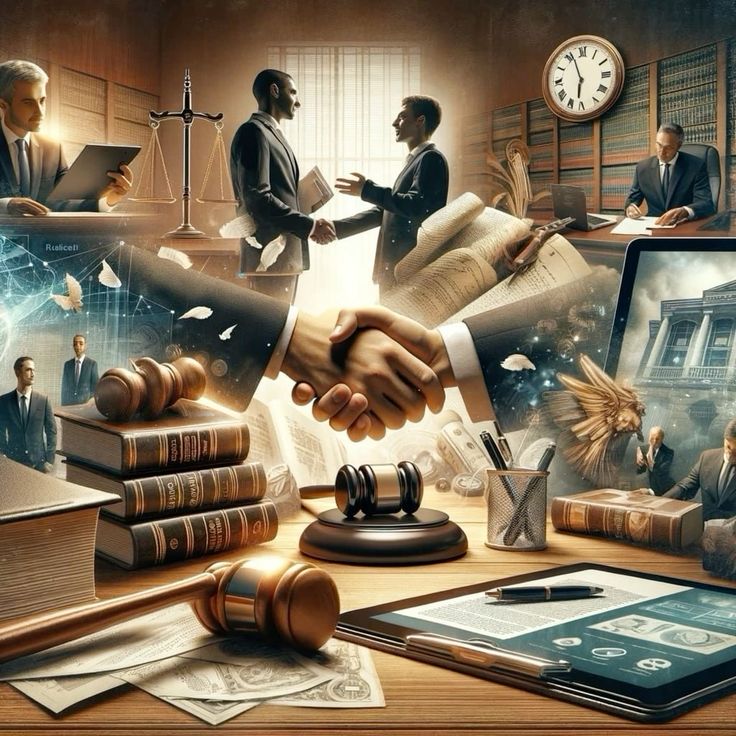
However, we should also be soberly aware that technology is only a tool, and it cannot replace the core of law-fairness and justice. The integration of science and technology is to make the legal system more efficient and inclusive, not to replace human judgment and wisdom. When the algorithm gives the tendentious suggestion of judgment, the final ruling power is still in the hands of the judge. When the smart contract automatically executes the agreement, the legal logic and risk avoidance behind it still need professional legal professionals to design and control it.
The integration of technology and law is breathing new life into this age-old industry. It makes legal services no longer a privilege of a few people, but a real universal benefit. It makes legal work change from "manual work" to "mental work", and enables legal persons to concentrate on higher-level value creation. In the future, we look forward to seeing more innovations like "a network cable", continuing to light up the road of law and let the light of justice illuminate every corner.
(Writer:Dirick)
